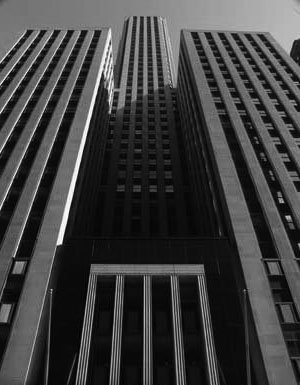The Field Foundation of Illinois was established in 1960 under the leadership of Marshall Field IV, the grandson of the merchant who founded the Marshall Field & Company department store in Chicago that would grow to become a regional chain.
Twenty years earlier, Field IV’s father, Marshall Field III, founded the Field Foundation Inc., in New York, which supported various social causes in the wake of the Great Depression. In 1960, a strategic decision was made to divide the Foundation into separate entities: The Field Foundation of Illinois and The Field Foundation of New York. The Field Foundation of New York closed in 1989, having given away its assets.
Under the leadership of Field IV, the Field Foundation of Illinois became an active member of Chicago’s philanthropic community. In 1965, just before he died, Field IV contributed $8 million to the foundation on the condition that the Field Building, a 44-story art deco masterpiece at 135 South LaSalle Street in Chicago, be transferred to the foundation at its fair market value. Upon the building’s sale, the profit—approximately $19.45 million—plus Field IV’s $8 million contribution were set up as an endowment and transferred to the foundation’s assets.
Leadership transition
Following Marshall Field IV’s death, his son, Marshall Field V, entered the family business. Field V took over Field Enterprises Inc., and was elected publisher of the Chicago Sun-Times and the Chicago Daily News, both of which were owned by Field Enterprises. At age 28, Field V was the youngest publisher of any major newspaper in the United States.
Field V continued the family’s philanthropic work, serving on the Field Foundation board from 1965 through 2016, when he transitioned to the role of life director.
Over the years, the foundation has responded to the changing needs of the community, supporting a diverse range of community-based efforts. The foundation has long viewed itself as a strategic supporter of innovative programs and organizations, with a primary emphasis on areas of greatest need.
Current mission, strategy, and focus
The Field Foundation’s mission is to support community power building in Chicago by investing in civic infrastructure, the cultural sector, local news outlets, and organizers.
“Dedicated to the Promise of Chicago”
Our History
“Our thesis is that organized communities—with access to art and creative expression and the ability to amplify their authentic narratives—can set and advance a reform agenda that benefits their communities.”
The Field Building
135 South LaSalle Street, Chicago
Marshall Field III


